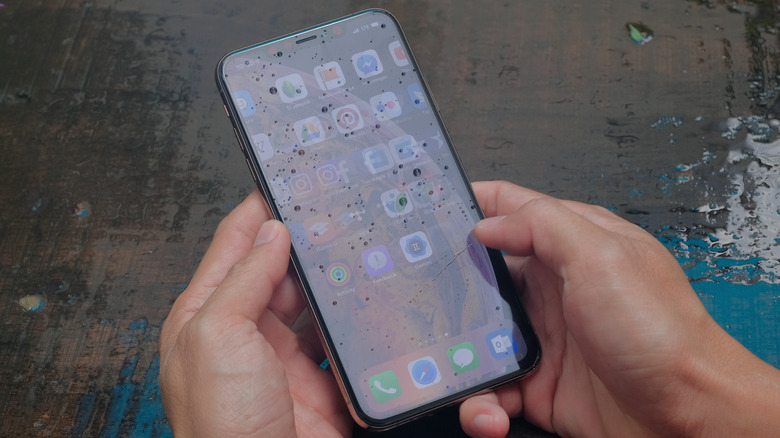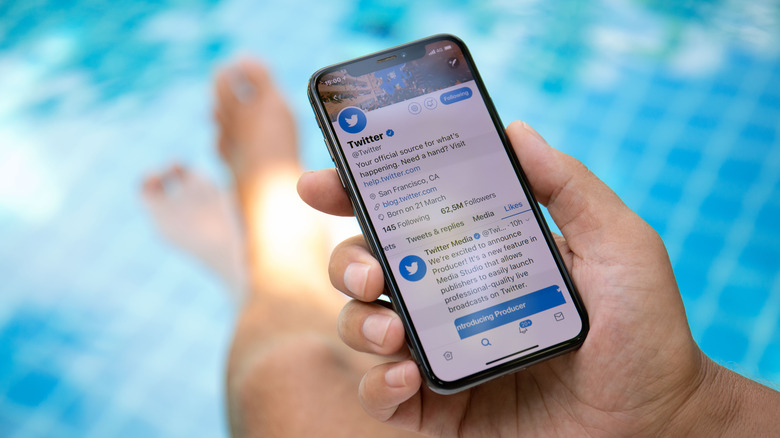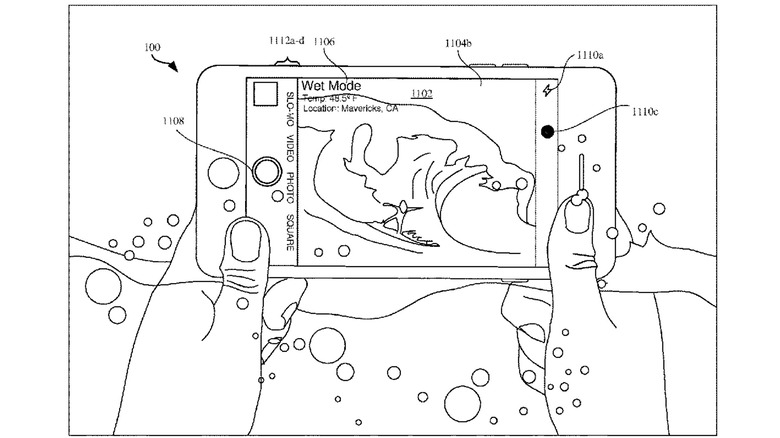Apple's iPhones Might Soon Work Much Better Under Water
The past two decades have witnessed tremendous advancements in the capabilities of smartphones. What started as a revolution in the mid-2000s with Nokia's (then) powerful Symbian devices soon gave way to the iPhone, which once again transformed the space after it arrived in 2007. The first generation iPhone didn't just set the blueprint for the design and form factor of modern smartphones — it brought drastic and long-lasting changes in the way users interact with these devices. In fact, it wouldn't be erroneous to state that the soul of the first generation iPhone continues to manifest in all the smartphones that followed it, including Android phones.
The first generation iPhone shows how far we have come. Modern smartphones can now access high-speed internet without Wi-Fi, they can record videos and take pictures with breathtaking detail, and you can use them to swipe right on the screen to get yourself a date. Despite all of the advancements, however, most modern phones are still unable to do something as simple as letting users type on a wet screen without making them bang their heads against a wall in frustration. Now, it seems, Apple wants to change that.
Future iPhone screens may still be usable when wet
To push the boundaries of innovation, companies like Samsung and Apple keep their scientists and engineers busy working on new patents. One of the latest examples of that comes from Apple, which has been awarded a new patent through the U.S. Patent and Trademark Office (USPTO) for a piece of technology that — if implemented in future models — will enable users to type on iPhone screens without the fear of unintentional keystrokes and annoying typos.
The patent document is titled "Modifying functionality of an electronic device during a moisture exposure event," and apart from preventing unintended typos and false touches, the patent also aims to improve the overall functionality of an electronic device exposed to water. If interested, you can read Apple describing the patent in excruciating detail here. For those with less time at hand, here's a brief explanation of how it works.
How does the iPhone wet mode tech work?
Based on the innovation described in the patent, the method seems to involve adding a "protective layer" over the display assembly of smartphones (or any other smart device). This layer is connected to what Apple refers to as a "touch detection system." Basically, this is a capacitance detector that will not only detect the amount of force applied to the display but also possesses the ability to detect the presence of moisture on the screen.
When the amount of moisture on the display crosses a preset threshold, an algorithm will "adjust" the digitizer to respond to keystrokes, taking into account the added pressure induced by the moisture. This, according to Apple's patent, will help users continue to interact with the display normally even when the display has to contend with added pressure. While the feature may be automatically activated upon moisture detection, the patent document also talks about future iPhones likely featuring an option allowing users to manually switch to a wet mode for better screen response.
This is in addition to changes to the UI when the user switches from a preset "dry mode" to a "wet mode." An example of this would be larger, easily pressable icons in the camera app for use underwater. As with all patents, there is no guarantee this feature will be added to a future iPhone model. However, given the usefulness of such a mode, it's possible the company could already be working on fine-tuning and perfecting this interesting piece of technology.


